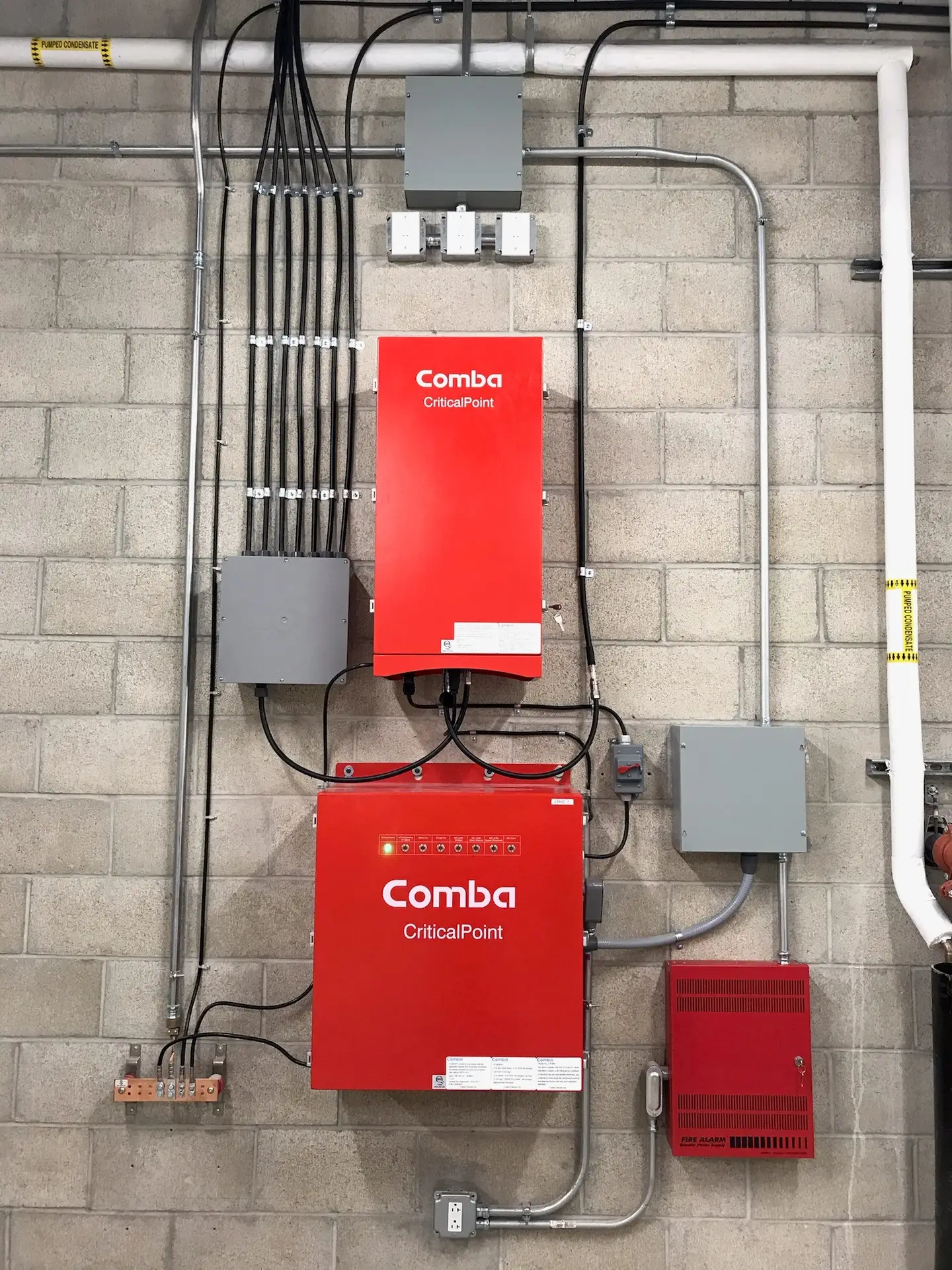Services
Distributed Antenna Systems
Distributed Antenna
Systems (DAS)
Distributed Antenna Systems (DAS) are networks of antennas designed to enhance wireless cellular coverage and capacity within large buildings, stadiums, campuses, and other venues where conventional wireless coverage may be insufficient. In addition, they address coverage gaps and boost signal strength.
Distributed Antenna Systems play a critical role in improving wireless connectivity and meeting the growing demand for reliable mobile communications in indoor environments. Furthermore, they offer scalable solutions for enhancing user experience, supporting critical applications…

Maximizing operational efficiency across various industries!



Implementation Considerations:
• Site Survey and Design: Conduct thorough RF surveys to determine coverage gaps and optimize antenna placement.
• Regulatory Compliance: Ensure adherence to local regulations and standards for wireless network deployment.
• Integration with Existing Infrastructure: Coordinate with IT and facilities management teams to integrate DAS with existing network and building systems.
Components of Distributed Antenna Systems (DAS):
Antennas:
• Indoor Antennas: Installed throughout the building or venue to distribute
wireless signals effectively.
• Outdoor Antennas: Positioned externally to capture signals from mobile
network operators (MNOs) and transmit them to indoor antennas.
Distributed Network:
• Fiber Optic Cabling: Connects antennas, remote units, and base stations,
ensuring reliable transmission of signals over long distances.
• Remote Units: Intermediate devices that receive and amplify signals from
antennas before transmitting them through fiber optic cables to base stations.
Base Stations:
• Central units where wireless signals are processed and relayed to and from the
mobile network operators (MNOs).
• Base stations interface with the DAS via fiber optic links to provide seamless
connectivity.
Signal Sources:
• Receive signals from MNOs, including LTE (4G), 5G, and other wireless
technologies.
• Ensure compatibility with multiple frequency bands and wireless protocols to
support diverse user needs.
Benefits of Distributed
Antenna Systems (DAS):
Applications of Distributed Antenna Systems (DAS):
Contact us today to discover how our expertise and dedication can benefit your telecommunications projects
Experience firsthand why Active Infrastructure Communications is the trusted choice for superior service and exceptional results.
